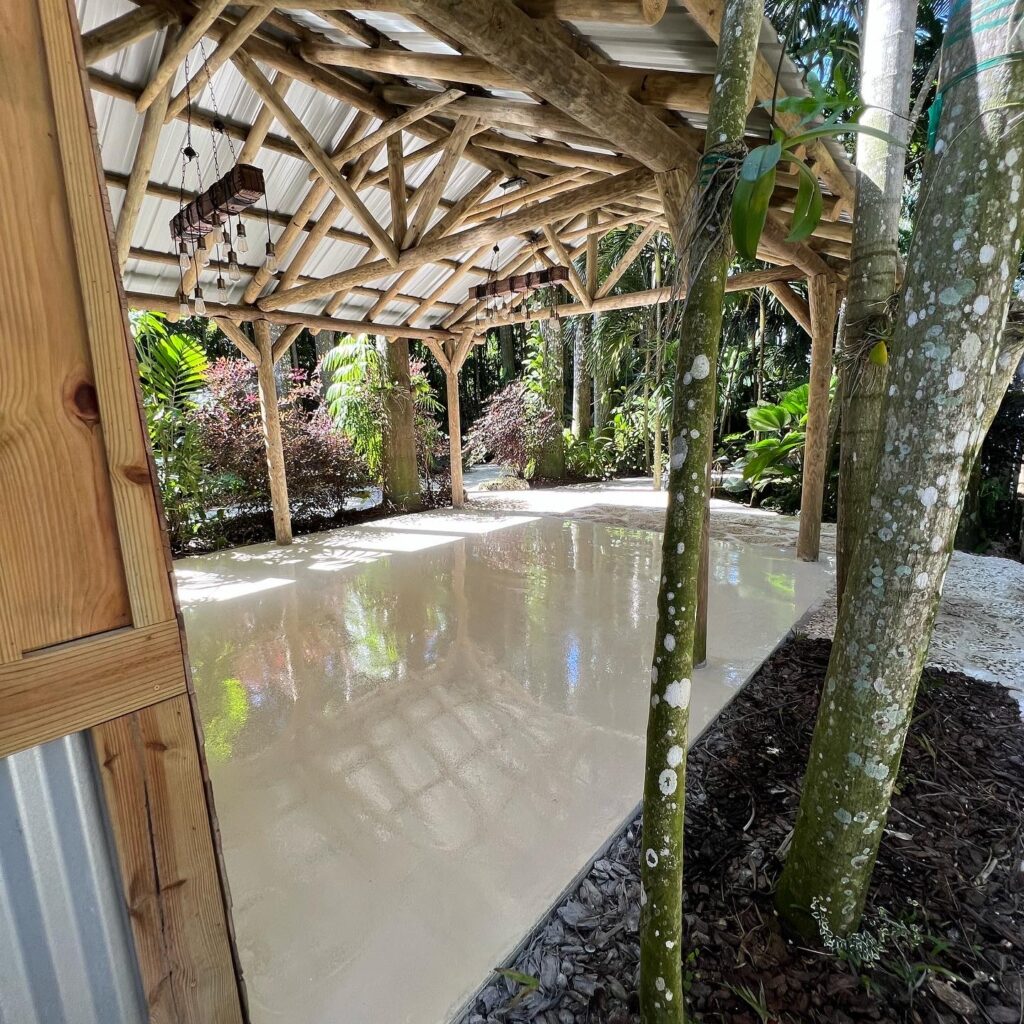Epoxy flooring is a powerhouse in the world of flooring solutions, admired for its durability, sleek aesthetics, and remarkable ability to withstand wear and tear. From residential garages to commercial warehouses, it’s a choice that exudes functionality and style. However, like any high-performance surface, epoxy flooring isn’t immune to occasional problems. Issues such as peeling, bubbling, discoloration, and cracks can arise over time, posing challenges that, if left unaddressed, can compromise the floor’s longevity and beauty.
Timely repairs are crucial not only for preserving the integrity of your epoxy floor but also for maintaining its visual appeal. Addressing these issues promptly can save you from costly overhauls down the line and keep your flooring looking flawless for years to come. Let’s dive into the most common epoxy flooring problems, their solutions, and preventive measures to keep your floors in top-notch condition.
Common Epoxy Flooring Issues and Solutions
Peeling or Bubbling
Peeling or bubbling is a common yet frustrating issue that occurs when the epoxy layer separates from the substrate or forms air pockets. This not only creates an uneven surface but can also expose the underlying material to further damage.
Causes:
- Insufficient surface preparation, such as poor cleaning or sanding.
- Moisture trapped beneath the epoxy layer.
- Improper curing conditions, such as high humidity or temperature fluctuations.
- Incorrect mixing ratios of the epoxy resin and hardener.
How to Fix It:
- Sand Down the Problem Areas: Begin by sanding the affected sections until you achieve a smooth surface. Use a mechanical sander for larger areas or sandpaper for smaller spots.
- Clean Thoroughly: Remove all dust and debris with a vacuum or damp cloth to ensure the new epoxy adheres properly.
- Apply a Primer: A primer helps create a stronger bond between the substrate and the epoxy, reducing the risk of peeling in the future.
- Reapply the Epoxy: Mix and apply a fresh coat of epoxy, taking care to follow the manufacturer’s guidelines for temperature and curing conditions.
For severe peeling or widespread bubbling, hiring a professional can ensure a flawless and long-lasting repair.
Discoloration or Fading
Discoloration or fading can dull the vibrant, glossy appearance of your epoxy floor, making it look worn and neglected. While it’s primarily an aesthetic concern, it can affect the overall impression of the space.
Causes:
- Prolonged exposure to sunlight or UV rays, especially in outdoor or sunlit areas.
- Use of harsh chemicals or abrasive cleaning agents.
- Stains from oil, grease, or other substances left untreated.
How to Fix It:
- Clean the Surface: Use a non-abrasive cleaner to remove surface-level stains and grime. A pH-neutral solution is ideal for this purpose.
- Sand Lightly: For deeper discoloration, lightly sand the affected areas to remove the top layer of faded epoxy.
- Apply a UV-Resistant Topcoat: To restore the floor’s original look and protect it from future fading, apply a UV-resistant clear topcoat.
- Recoat if Necessary: In cases of widespread discoloration, recoating the entire floor with a pigmented epoxy layer may be necessary for uniformity.
Adding a UV-resistant topcoat during the initial installation can prevent discoloration and keep your floor looking pristine for years.
Cracks or Chips
Cracks and chips not only detract from the smooth finish of an epoxy floor but can also worsen over time if not repaired promptly. These issues often occur in high-traffic areas or spaces exposed to heavy equipment.
Causes:
- Impact from heavy objects or dropped tools.
- Weaknesses in the underlying concrete substrate.
- Long-term stress from high foot or vehicle traffic.
How to Fix It:
- Clean the Damaged Area: Use a vacuum or damp cloth to remove debris from the crack or chip. A clean surface ensures the patch adheres properly.
- Fill with Epoxy Filler: Apply an epoxy patching compound or filler to the damaged area. Smooth it out with a putty knife to match the surrounding surface.
- Sand and Blend: Once the filler has cured, sand the area lightly to create a seamless transition.
- Recoat the Area: Apply a fresh coat of epoxy over the repair to restore the floor’s uniform appearance and durability.
For areas prone to frequent damage, consider adding an extra protective topcoat for enhanced resilience.
Prevention Tips
While epoxy flooring is built to last, taking proactive steps can minimize the likelihood of problems and ensure your floor remains in excellent condition.
Proper Maintenance
Regular maintenance is key to preserving the beauty and performance of epoxy flooring. Sweep or vacuum the surface frequently to remove dust, dirt, and debris that can scratch the finish. Use a soft mop and a pH-neutral cleaner to maintain the floor’s shine. Avoid dragging heavy furniture or equipment across the floor to prevent scuff marks or micro-cracks.
Avoiding Harsh Chemicals
Epoxy floors are resistant to many substances, but exposure to harsh chemicals can degrade the surface over time. Steer clear of cleaners containing ammonia, bleach, or strong acids. Opt for products specifically designed for epoxy floors, and always address spills promptly to prevent staining or etching.
Regular Inspections
Periodic inspections allow you to catch small issues before they become significant problems. Look for signs of wear, such as minor cracks, peeling edges, or areas of discoloration. High-traffic zones, spaces exposed to moisture, and areas where heavy equipment is used should receive extra attention. Early detection and timely repairs can save you time and money in the long run.
Conclusion
Epoxy flooring is a durable, low-maintenance, and stylish choice for a wide range of spaces. However, like any high-performance material, it requires care and occasional repairs to maintain its integrity and appearance. Addressing issues such as peeling, discoloration, and cracks promptly ensures your floor continues to perform at its best and retains its visual appeal.
While minor problems can often be fixed with DIY solutions, more complex or widespread damage may require professional intervention. Seeking expert help not only guarantees a thorough repair but also provides peace of mind that your flooring investment is protected.
Call-to-Action: Contact Art Epoxy Designs for Repairs
If your epoxy floor is showing signs of wear, don’t wait until minor issues escalate into costly problems. Contact Art Epoxy Designs today for expert repair services and maintenance solutions. Our team of professionals specializes in restoring epoxy flooring to its original brilliance, ensuring long-lasting durability and style. Schedule a consultation and let us help you preserve the beauty of your floors for years to come.



